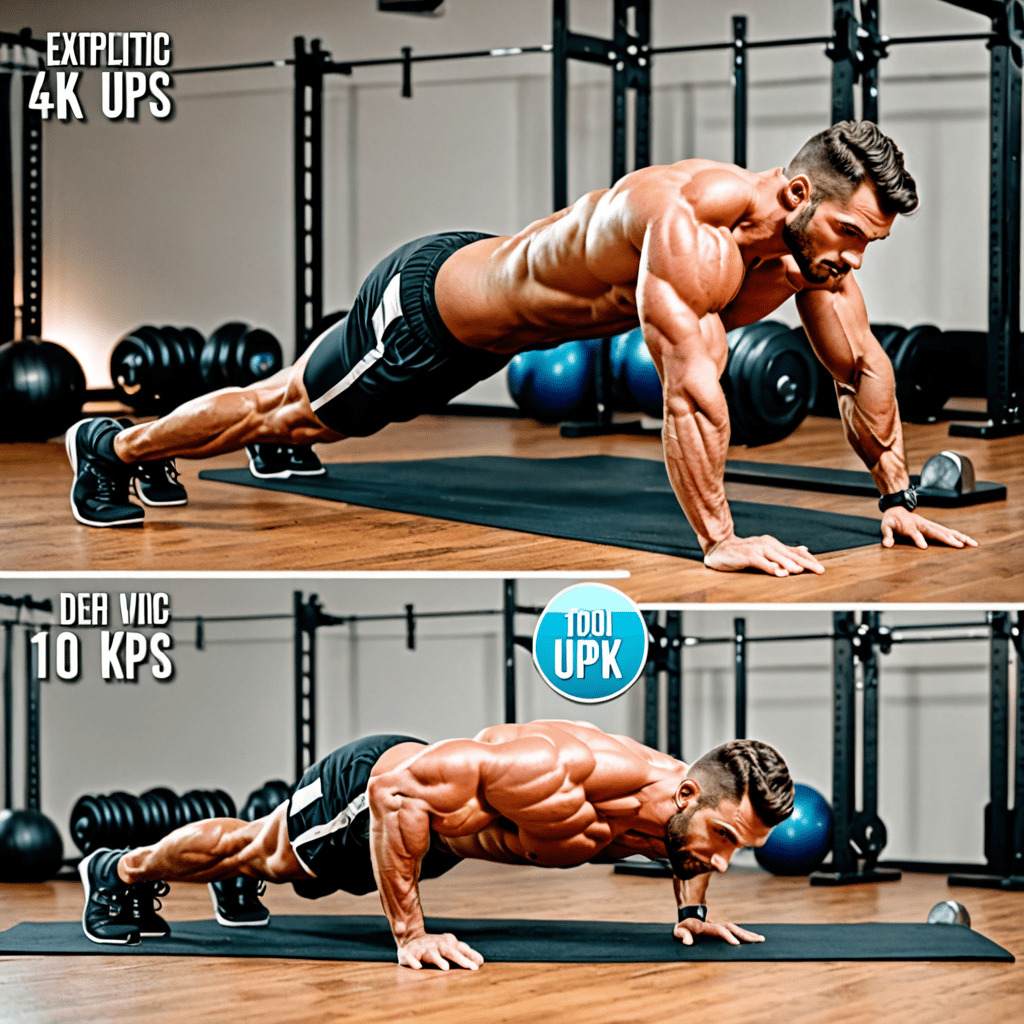
Introduction: The Mind-Body Connection
Our posture and stress levels are intimately connected, forming a feedback loop that can either enhance or deteriorate our overall well-being. When we experience stress, our bodies often react by tensing muscles, particularly in the shoulders, neck, and back. This chronic tension can lead to poor posture, perpetuating a cycle of discomfort and stress. Conversely, good posture can positively influence our mental state, promoting feelings of calmness and confidence.
Understanding Stress and Its Impact on Posture
Stress is a natural response to challenging or demanding situations. The body's "fight-or-flight" response activates, preparing us to either confront or avoid threats. This response triggers physiological changes, including increased heart rate, muscle tension, and rapid breathing. When stress becomes chronic, these physical changes can manifest as persistent muscle tension and postural imbalances.
How Poor Posture Contributes to Stress
Poor posture can further exacerbate stress by restricting breathing, hindering blood flow, and putting unnecessary strain on muscles and joints. This strain can lead to pain and discomfort, further contributing to feelings of tension and anxiety. The resulting fatigue and decreased energy levels can further compromise our ability to manage stress effectively.
Benefits of Good Posture for Stress Management
Improving posture can be a powerful tool for managing stress. Maintaining good posture promotes deeper breathing, which can activate the body's relaxation response. Additionally, good posture improves blood circulation, delivering oxygen and nutrients to the brain, boosting alertness and focus. Finally, good posture can enhance feelings of confidence and self-esteem, promoting a more positive outlook and resilience in the face of stress.
Recognizing Signs of Poor Posture and Stress
Learning to recognize the signs of poor posture and stress can empower you to take proactive steps towards improving your well-being. Some common indicators of poor posture include:
- Slouching or slumping shoulders: This rounded posture compresses the chest, making it difficult to breathe deeply.
- Forward head posture: Protruding the head forward strains the neck muscles and can lead to headaches.
- Uneven hips or shoulders: This imbalance can indicate muscle weakness or tightness on one side of the body.
- Excessively arched lower back: This posture puts unnecessary strain on the spinal discs and can lead to back pain.
Signs of stress that may be exacerbated by poor posture include:
- Muscle tension: Particularly in the shoulders, neck, and back.
- Headaches and fatigue: Poor posture can restrict blood flow to the brain, leading to headaches and low energy levels.
- Shallow breathing: Stress can cause rapid, shallow breathing, which can be further restricted by poor posture.
- Difficulty concentrating: Poor posture can contribute to feelings of fatigue and difficulty focusing.
Practical Tips for Improving Posture
Improving your posture requires conscious effort and consistent practice. Here are some practical tips to get you started:
- Pay attention to your posture throughout the day: Regularly check your alignment, especially when sitting or standing for extended periods.
- Engage your core muscles: Tightening your abdominal muscles can help support your spine and improve posture.
- Choose ergonomic furniture: Invest in a supportive chair and desk that promotes good posture while working or studying.
- Stretch regularly: Stretching tight muscles, particularly in the chest, shoulders, and back, can improve flexibility and range of motion.
- Strengthen your posture muscles: Specific exercises can target the muscles responsible for maintaining good posture.
Exercises for Strengthening Posture Muscles
Incorporating exercises that strengthen the muscles responsible for good posture can significantly improve your alignment and reduce stress-related tension. Here are some effective exercises:
- Wall slides: Stand facing a wall with your feet shoulder-width apart. Lean your back against the wall and slowly slide down until your knees are bent at a 90-degree angle. Hold for 10 seconds, then slowly return to standing. Repeat 10 times.
- Plank: Start in a push-up position with your forearms on the floor and your body in a straight line. Hold this position for 30 seconds, engaging your core muscles. Repeat 3 times.
- Shoulder blade squeezes: Sit or stand with your back straight and shoulders relaxed. Gently squeeze your shoulder blades together, holding for 5 seconds. Repeat 10 times.
- Chin tucks: Sit or stand with your back straight and head in a neutral position. Slowly tuck your chin towards your chest, holding for 5 seconds. Repeat 10 times.
Stress Management Techniques for Improved Posture
Stress management techniques can play a crucial role in improving posture by reducing muscle tension and promoting relaxation. Consider incorporating these techniques into your daily routine:
- Deep breathing exercises: Deep, slow breathing can activate the parasympathetic nervous system, promoting relaxation and reducing stress.
- Mindfulness meditation: Practicing mindfulness helps you become more aware of your thoughts and feelings, allowing you to manage stress more effectively.
- Progressive muscle relaxation: This technique involves tensing and relaxing different muscle groups, helping to release tension and promote relaxation.
- Yoga or Tai Chi: These mind-body practices combine physical movement with breathwork and meditation, promoting relaxation and improving posture.
Creating a Sustainable Posture and Stress Management Routine
Creating a sustainable posture and stress management routine requires consistency and commitment. Start by incorporating small changes into your daily life, gradually building upon them over time. Here are some tips for creating a sustainable routine:
- Set realistic goals: Start with small, achievable goals and gradually increase the challenge as you progress.
- Find activities you enjoy: Choose stress management techniques and posture-improving exercises that you find enjoyable and motivating.
- Make it a habit: Schedule time for your posture and stress management routine and stick to it as much as possible.
